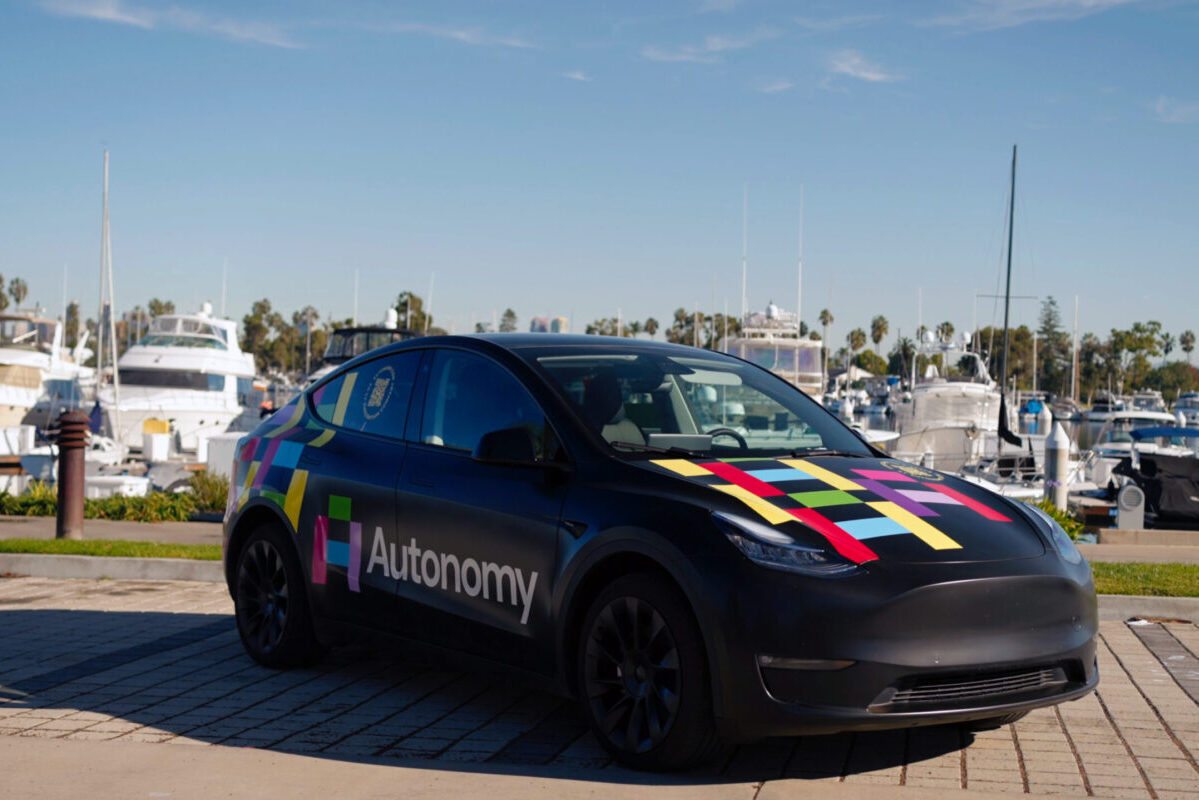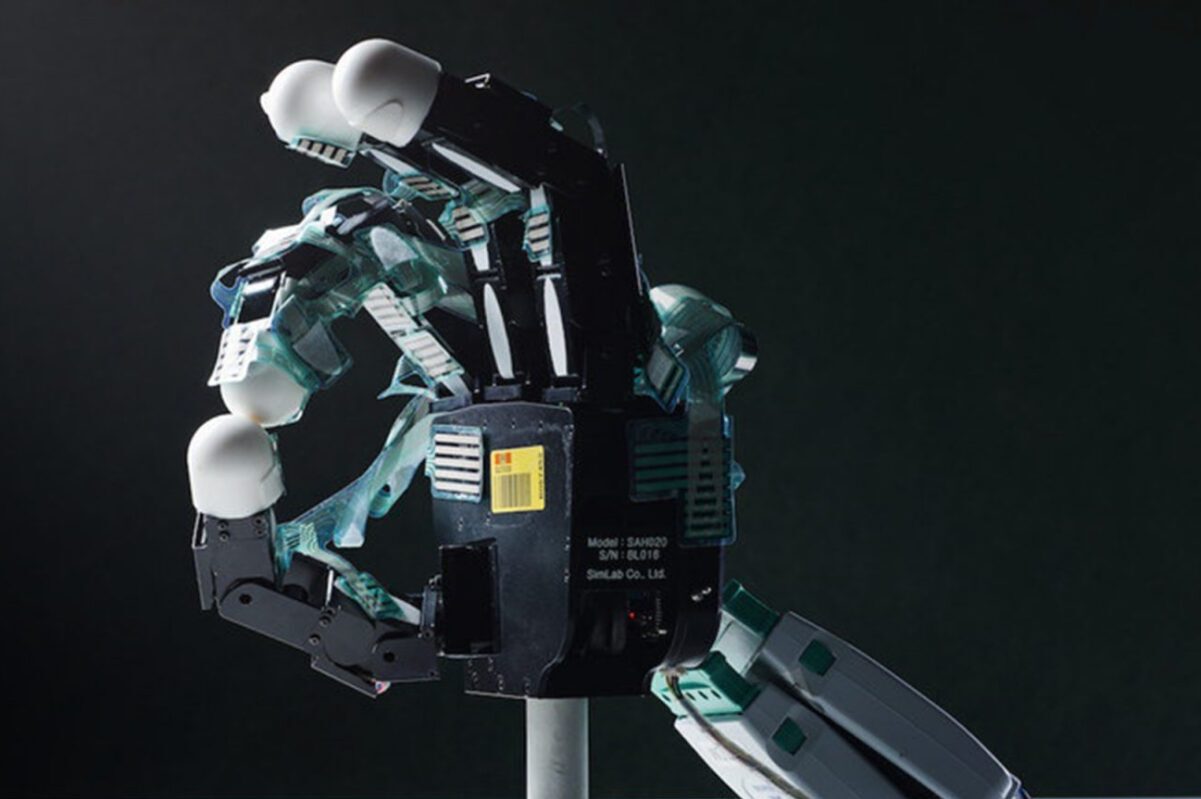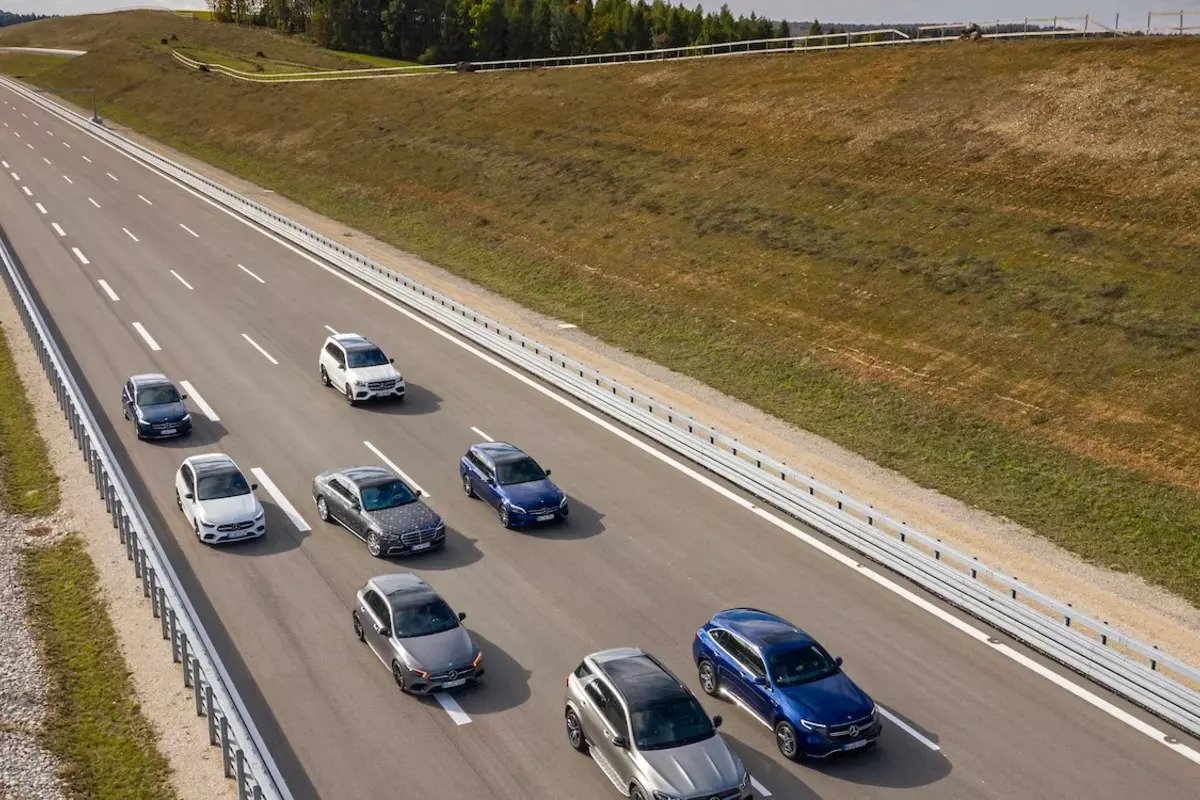With the help of accessible transportation options, people with disabilities can live more independently and participate in all aspects of society.
Accessible transportation is essential for people with disabilities, and it can also benefit everyone else too. By making future autonomous transportation accessible to everyone, we are taking steps towards a more inclusive and equal society. Here are some ways to make transportation more accessible.
Open Vehicle Platforms to Create Accessibility
By open-sourcing the platforms for autonomous transportation, we can make them more accessible to everyone.
If the platforms for autonomous transportation are open-sourced, it will be easier for people with disabilities to modify them to meet their specific needs.
It will also be easier for companies to create accessible vehicles, as they will not need to start from scratch. This will help to speed up the process of making autonomous transportation available to everyone.
Utilizing Technology to Create Autonomy
The development of autonomous transportation is inevitable. But we must ensure that it is accessible to everyone, not just the wealthy and privileged.
One way to achieve this is by utilizing technology to create autonomy. With the help of technology, we can make transportation affordable and accessible for everyone.
We must also remember that accessibility is not just about physical access. It is also about providing equal opportunities for all, regardless of race, gender, or socioeconomic status.

Creating Standardization to Increase Accessibility
To make future autonomous transportation accessible to everyone, creating standardization is key. By having a set of standards and regulations in place, companies can create vehicles and systems that are safe and accessible for all individuals, regardless of their physical or cognitive abilities.
Such standardization will also ensure that users can access any vehicle via a universal operating system. By developing systems that are universal and accessible, autonomous transportation can become an integral part of daily life for people with disabilities who have traditionally been denied access to this sort of technology.
Conclusion
The development of autonomous vehicles (AVs) has the potential to increase mobility and independence for people with disabilities. However, the future of AVs will not be accessible to everyone unless policymakers and technology developers take proactive steps.






